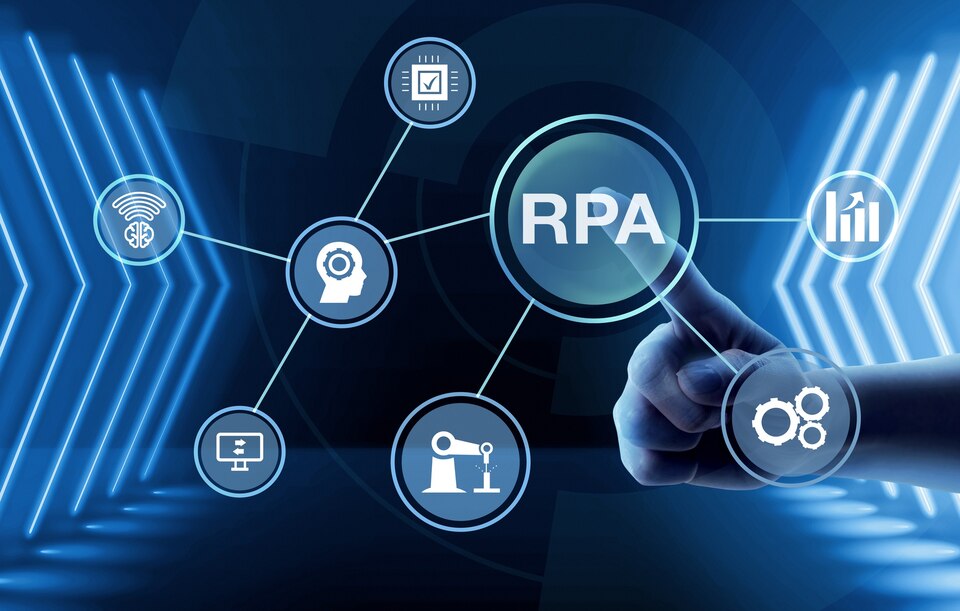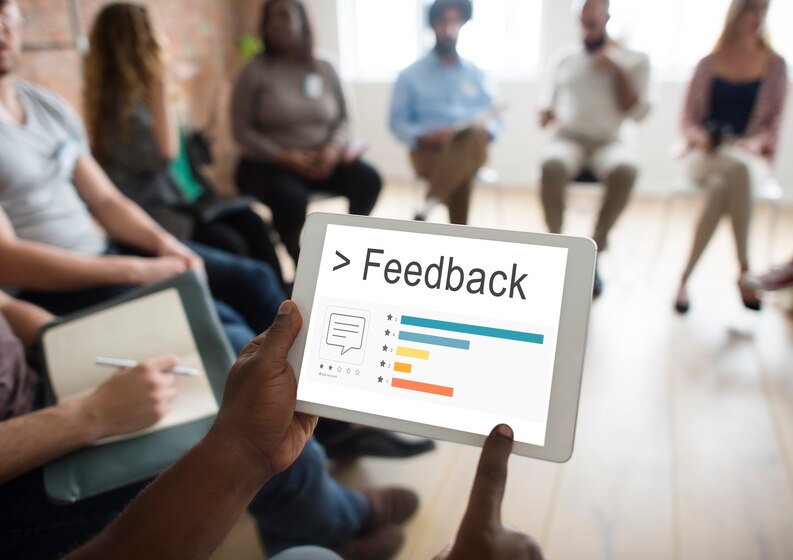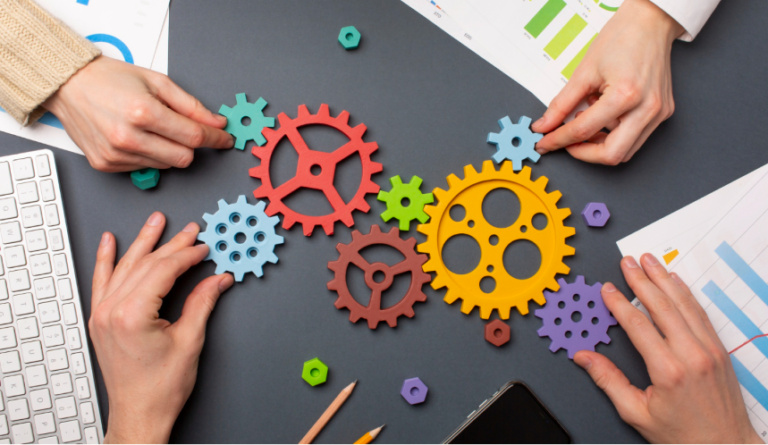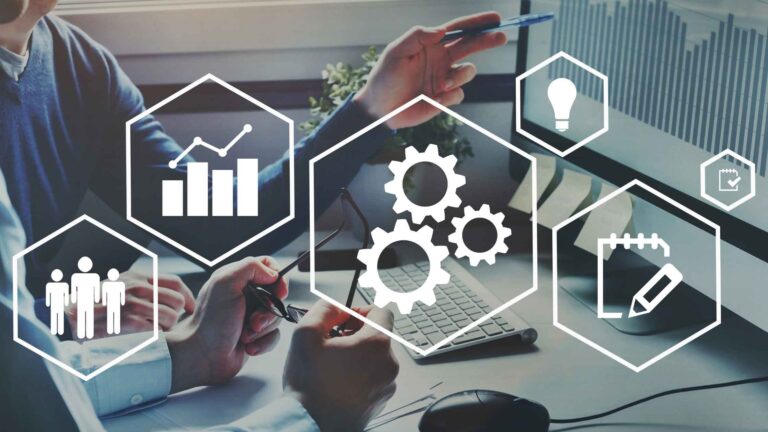As Millennials and Gen Z become a dominant force in the workforce, they bring fresh perspectives, expectations, and work habits that are reshaping organizational norms. These generations, often defined by their comfort with technology and demand for flexibility, are influencing how companies manage and optimize their business processes. Traditional Business Process Management (BPM) approaches may need a makeover to align with these evolving expectations.
In this blog, we’ll explore how BPM can adapt to meet the needs of Millennial and Gen Z employees, covering their unique expectations and practical strategies organizations can implement to foster an engaging, productive work environment.

Understanding Millennial and Gen Z Workforce Expectations
To adapt BPM effectively, it’s essential first to understand the primary workplace values and expectations of Millennials and Gen Z. Here are some key aspects:
- Technology-First Mindset: Raised in a digital world, these generations expect efficient, tech-savvy processes that streamline tasks rather than bogging them down.
- Flexibility and Work-Life Balance: Millennials and Gen Z value work-life balance and flexible working arrangements, including remote or hybrid options.
- Purpose-Driven Work: These generations seek meaningful work that aligns with their personal values and contributes positively to society.
- Continuous Feedback and Growth: With a focus on growth, they value regular feedback and opportunities for skill development.
- Collaboration and Transparency: Millennials and Gen Z value open communication, collaborative environments, and transparency from leadership.
Let’s explore how BPM can align with these expectations to enhance engagement, productivity, and retention.

1. Embrace Technology and Automation for Efficiency
Challenge: Millennials and Gen Z expect digital solutions that are intuitive and efficient. Antiquated processes or outdated technology can frustrate these tech-savvy employees.
Solution: Invest in automation and cloud-based BPM tools.
- Automate Repetitive Tasks: Automation reduces manual work, allowing employees to focus on more meaningful tasks. Use BPM tools like robotic process automation (RPA) to eliminate repetitive work.
- Implement Mobile-Accessible BPM Solutions: Offering mobile-friendly BPM platforms enables flexibility and access on the go, appealing to the remote or hybrid preferences of younger workers.
- Choose User-Friendly Tools: Select intuitive BPM software with minimal learning curves to prevent friction and make processes more accessible.
By prioritizing technology that aligns with the digital expectations of Millennials and Gen Z, you empower employees to work more effectively.

2. Support Flexible Work with Process Transparency and Remote Collaboration
Challenge: Flexibility is a priority for younger workers, but BPM practices often rely on rigid workflows that can be hard to follow remotely.
Solution: Adapt BPM to support remote and hybrid work while maintaining transparency.
- Digitize and Document Processes: Make process flows accessible and understandable for remote employees. Clearly documented workflows ensure everyone, regardless of location, is aligned on tasks and responsibilities.
- Leverage Cloud Collaboration Tools: Use tools like Slack, Trello, or Microsoft Teams to keep communication open and foster collaboration across distributed teams.
- Enable Real-Time Monitoring: BPM software with real-time monitoring can provide employees and managers with instant insights into process status, making it easier to track progress and prevent bottlenecks remotely.
By creating flexible, accessible processes, you allow Millennials and Gen Z employees to thrive in environments that match their preferred work style.
3. Create Purpose-Driven Processes
Challenge: Millennials and Gen Z are highly motivated by purpose and social impact, and they want to see how their work contributes to larger goals.
Solution: Design BPM initiatives that align with meaningful goals.
- Align Processes with Company Values: Embed organizational values, such as sustainability or social impact, into processes where possible. Show employees how their work supports these larger goals.
- Involve Employees in BPM Decision-Making: Giving employees a voice in shaping processes makes them feel valued and helps ensure that processes reflect the team’s values.
- Highlight Purpose in Task Assignments: Communicate the impact of individual tasks on overall objectives, emphasizing how each step contributes to a bigger purpose.
When employees see how their work aligns with their values, it enhances job satisfaction and fosters a more engaged workforce.

4. Build a Culture of Ongoing Feedback and Development
Challenge: Younger generations prioritize growth and development, making regular feedback and learning opportunities essential to their engagement.
Solution: Integrate consistent feedback and skill-building into your BPM framework.
- Conduct Regular Process Evaluations: Schedule frequent assessments of workflows and invite team input to spot areas for improvement.
- Provide Immediate Feedback Channels: Use BPM tools with built-in feedback options, allowing employees to see the impact of their efforts on processes in real-time.
- Support Continuous Learning: Offer training on BPM tools and best practices to enhance both efficiency and skill development, aligning with Millennials’ and Gen Z’s commitment to growth.
Embedding ongoing feedback and development opportunities within BPM creates an environment where employees feel supported in their professional journey.
5. Cultivate Collaboration and Transparency
Challenge: Both Millennials and Gen Z value openness and collaboration but often encounter organizational silos that limit information sharing.
Solution: Design BPM processes that encourage open communication and transparency.
- Create Transparent Workflows: Implement workflows that allow everyone involved to see process stages and progress, making it easier for team members to coordinate.
- Use Collaborative BPM Tools: Tools like Asana and Wrike support task-sharing, comment sections, and shared dashboards that promote teamwork.
- Hold Regular Check-Ins and Updates: Include updates on BPM initiatives in team meetings, fostering open discussions around process improvements and keeping everyone informed.
Creating collaborative and transparent workflows allows Millennials and Gen Z employees to contribute meaningfully and feel more connected to the organization’s goals.

Tools and Technologies to Support Modern BPM for Younger Generations
Leveraging the right technology is crucial for adapting BPM to meet the expectations of Millennials and Gen Z. Here are some tools to consider:
Process Automation Tools
Tools like Nintex, Zapier, and UiPath automate routine tasks, enhancing efficiency.
Collaboration and Communication Platforms
Platforms like Slack, Microsoft Teams, and Trello improve communication and support remote work.
Real-Time Analytics and Monitoring
Tools such as Power BI and Tableau offer insights into process performance, helping managers and employees stay informed.
Feedback Platforms
Tools like Officevibe or 15Five allow employees to provide feedback on processes and suggest improvements.
These technologies can help meet the digital-first, collaborative, and transparent work style Millennials and Gen Z expect.

Adapting BPM to the needs of Millennials and Gen Z is more than just a trend—it’s a strategic move that can help attract, engage, and retain talent in today’s competitive job market. By embracing technology, supporting flexibility, aligning processes with purpose, fostering continuous learning, and encouraging collaboration, organizations can create a BPM framework that resonates with the modern workforce.
As Millennials and Gen Z continue to reshape the workforce, the way businesses manage and optimize processes must evolve to meet their expectations, fostering a work environment that drives both individual and organizational success.


